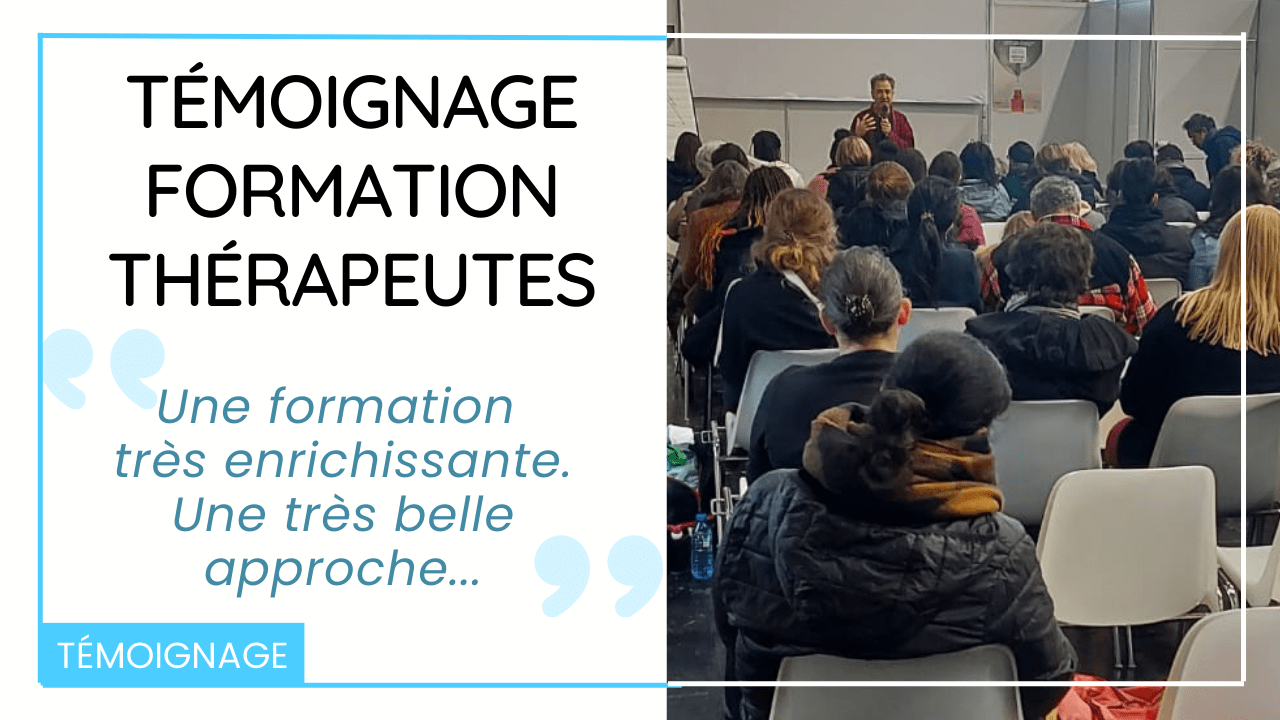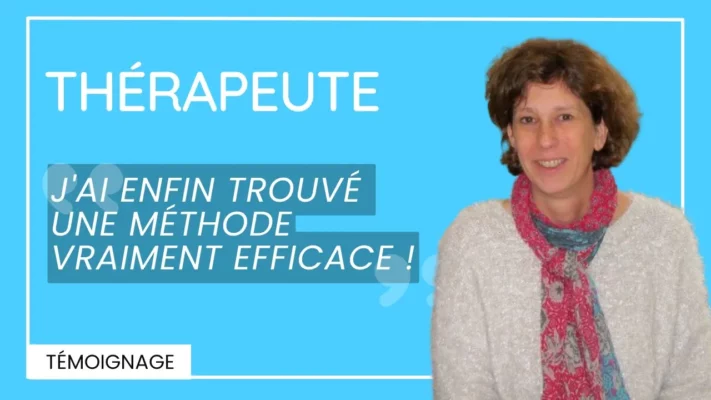"The field of holistic therapies is growing rapidly. Holistic therapy practices in the West took off in the 1960s in response to conventional medicine's preoccupation with drug treatments and its failure to see patients as people but rather as body parts to be examined and studied. In addition, medicine's tendency to treat symptoms alone, rather than finding and treating the root cause or tackling a multi-factorial confluence, also contributed to the resurgence and exponential development of holistic therapies."
HOLISTIC THERAPY: ORIGIN AND ETYMOLOGY
The expression holistic is derived from the Greek "holos" meaning "whole". The word therapy is derived from the word "therapeia", which means "to cure", "to take care of", "to treat".
In literal and etymological terms, holistic therapy is a practice that aims to treat the whole person.
Rather than simply treating an immediate symptom, a holistic therapist will look for the underlying cause by examining current physical, mental, emotional, and even social and spiritual states of health and well-being. He or she will then work to restore the body's natural balance, for a more sustainable and rewarding quality of life.
Although it has been used effectively for centuries, the scientific community now recognises the importance of holistic therapy in maintaining good health and general well-being.
Principles
Holistic therapy is based on energetic (Chinese medicine, lithotherapy, etc.), magnetic (magnets, geobiology, etc.), mental (analytical or otherwise), environmental (ecology and health), socio-cultural (impact of the media, education, art, etc.) and transpersonal (or spiritual) approaches. Holistic therapy is a non-conventional form of medicine based on the principles of holism (looking at the whole person) and methods based on the "wholeness of the human being".
The holistic approach is based on the belief that the whole person is made up of interdependent parts and that if one part is not functioning well, all the other parts will be affected. These principles include:
- Unconditional love and support are the most powerful healers.
- People are responsible for their own health and well-being.
- Every human body has an innate power of self-healing.
- Healing concerns all aspects of a person's life.
- Treatment involves repairing the cause of the condition, not just alleviating the symptoms.
CURRENT STATUS AND FUTURE PROSPECTS
Holistic therapy practices in the West took off in the 1960s in response to concern about conventional medicine's reliance on drug treatments and its failure to see patients not as people but as body parts to be examined and studied. People wanted a more natural and humane approach to healthcare. Medicine's tendency to treat symptoms alone, rather than finding and treating the root cause or tackling a multi-factorial confluence, also contributed to the resurgence and exponential development of holistic therapies.
Many people who have felt that modern medicine has failed have turned to holistic medicine in the hope that their practitioners will understand the complex nature of their illness, delve deeper into the source(s) of the problem and focus their treatment on the whole person.
For example, someone suffering from chronic pain can approach a holistic therapist to explore the possible psycho-emotional sources of their suffering. Stress and anxiety can contribute to chronic pain, and if an emotional problem or past trauma is the source of this stress, dealing with it may relieve the chronic pain to some extent.
It is important to remember that holistic therapy does not necessarily exclude conventional medicine; it can mean the inclusion of complementary techniques. While medication may indeed be part of a person's treatment, a holistic approach can include other treatments such as cognitive behavioural therapy to deal with unresolved issues and triggers, relaxation techniques, massage, etc.
The acceptance of holistic treatments is becoming increasingly widespread. In this context, complementary and alternative treatments are being used more and more. In 2007, 38.3 % of adults and 11.8 % of children used some form of complementary or alternative medicine, according to the National Centre for Complementary and Integrative Health.
In 2015, the World Health Organisation (WHO) counted nearly four hundred "complementary", "alternative" or "traditional" medicines, of which more than fifty were said to be "holistic". Similarly, nearly 6,115 French doctors declared a title or orientation in alternative and complementary medicine in 2015.
From 40% in 2015, a study showed that the use of alternative medicine in France had risen to 58% in 2018. This proportion is increasing among people with serious or chronic illnesses. Homeopathy is particularly popular: 56 % of French people have already used it. France is the leading producer of homeopathic medicines.
The fact that the medical community is now beginning to recognise the importance of holistic therapy in maintaining good health and general well-being is a factor that is contributing to the sustainable implementation of holistic therapies.
WHAT ARE THE WINNING THERAPIES OF THE MOMENT?
Sophrology
The term sophrology is derived from three Greek words: "sôs" meaning harmonious, "phren" meaning spirit and "logos" meaning science. Sophrology is therefore a mind-body method used as a therapeutic technique enabling people to strengthen the balance between their emotions, cognition and behaviour in order to access resources and thus mobilise their capacity for adaptation and action to improve their living conditions.
Sophrology was founded in Madrid in the early 1960s by Alfonso Caycedo (1932-2017). It is an exclusively verbal, non-tactile method that acts on both the body and the mind.
In France, more than 94% people have heard of sophrology and 11 million say they have already practised it, according to a survey by the Chambre syndicale de la sophrologie. The figures reveal that 53% of frequently stressed people in France are prepared to try sophrology to improve their health. There were more than 3.3 million searches for sophrologists on the Yellow Pages directory between 2013 and 2016.
Homeopathy
Its founder, the German physician Samuel Christian Hahnemann (1755-1843), hypothesised that a remedy could be selected on the basis of the correspondence between the symptoms produced by the plant and the symptoms of the patient's illness. He called this the "principle of similarities". For example, nettle, which causes skin irritation when touched, will be effective, after dilution, against urticaria. As homeopathy is administered in doses that are infinitesimal or potentially existent from a molecular point of view, there is considerable scepticism in the scientific community as to its validity.
50% of French people have already used homeopathic medicines. In fact, the latest statistics show that 3 out of 4 French people have taken homeopathic medicines in their lifetime. 74% of users consider these homeopathic medicines to be effective. In the case of cancer, for example, 20% of patients use homeopathy as supportive care to reduce the side effects of anti-cancer treatments.
In 2004, there were almost 3,581 homeopathic doctors registered with the Conseil National de l'Ordre.
While in 1982 only 16 % of French people said they used homeopathy, at least occasionally, by 2000 the number had risen to 40 %. Among mothers, 58 % had used this type of medicine in the last 12 months, mainly to treat children and minor injuries.
Despite the announced attempts to denigrate homeopathic medicines and the fact that they are no longer reimbursed, the enthusiasm of the French for this approach remains intact.
Osteopathy
The term osteopathy derives from the combination of the Greek roots "osteon" meaning bone (osteo) and "pathos" meaning suffering (pathia). Osteopathy is a manual therapy developed in the United States by Dr Andrew Taylor Still in 1874. It is used to identify and manually treat restrictions in the mobility of the body's various structures (bones, organs, muscles, viscera, ligaments, etc.) that can lead to functional disorders.
Osteopathy began to develop in France in the 1950s, but was not recognised by law until 4 March 2002, with Act no. 2003-303. At the time, there were only 4,000 people in France with the title of osteopath. 14 years later, there are almost 30,000 people in France with the title, all origins combined.
Reinformation
Reinformation is an energetic method designed to provide natural, lasting support for all forms of sensitivities, allergies and intolerances and, by extension, most of the chronic ailments that result from them. It is based on contact homeopathy and the memory of water.
It's a rapidly expanding field, if the latest report from the World Health Organisation (WHO) is anything to go by. In fact, allergies have been proclaimed the 4th most common chronic disease in the world, after cancer, AIDS and cardiovascular disease. The number of allergy sufferers in France has doubled over the last 20 years, particularly among children and adolescents. 8 % of children and 4 % of the adult population have to live with a food allergy. Today, 1 in 4 people suffers from a respiratory allergy.
Training in Vibratory Reinformation is therefore an excellent way of stopping the resurgence of allergies, as well as an excellent opportunity for practitioners wishing to develop their business. In fact, 22,330,00 people in France suffer from allergies and intolerances.
It is now possible to train and become a certified Vibrational Reinformation practitioner without having to pay a penny. The training is free, subject to certain conditions.
Become a certified Vibrational Reinformation practitioner free of charge
The field of alternative and complementary therapies is booming. People's interest in holistic approaches is growing all the time, and they are increasingly turning to practices that are entirely natural and non-invasive, suitable for all ages, and that act gently but effectively to restore and maintain the body's natural balance in order to strengthen its self-healing capacities.
At the end of the day, whatever the discipline or area of specialisation, contributing to people's well-being is ultimately what matters most.
More articles for you:

Training therapists to say goodbye to sensitivities and intolerances - Testimonies
Video transcript ⇓ Find out what therapists trained in the Lumen Care method think. During the February 2023 session. Dénis "This

My experience as a therapist with Lumen Care: I've finally found a really effective method!
Video transcript ⇓ Can you tell us a bit about yourself? My name is Laurence, I live in the Tarn and I've been a Lumen Care therapist since
